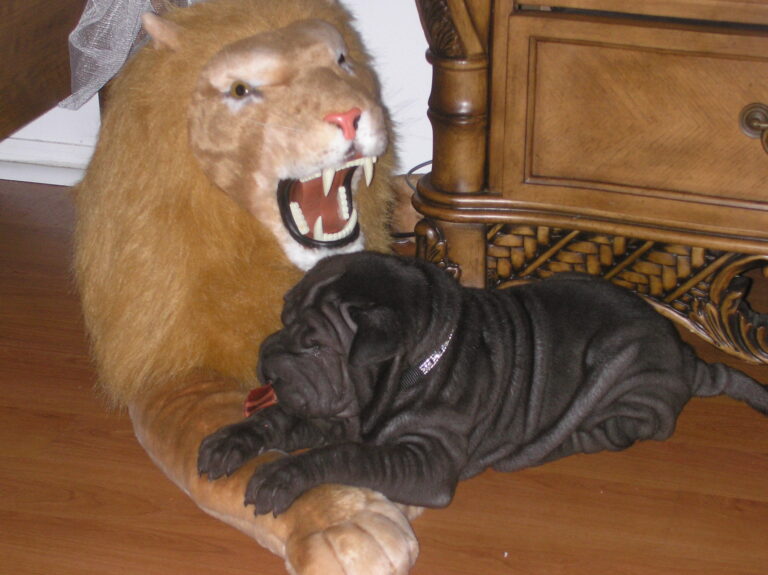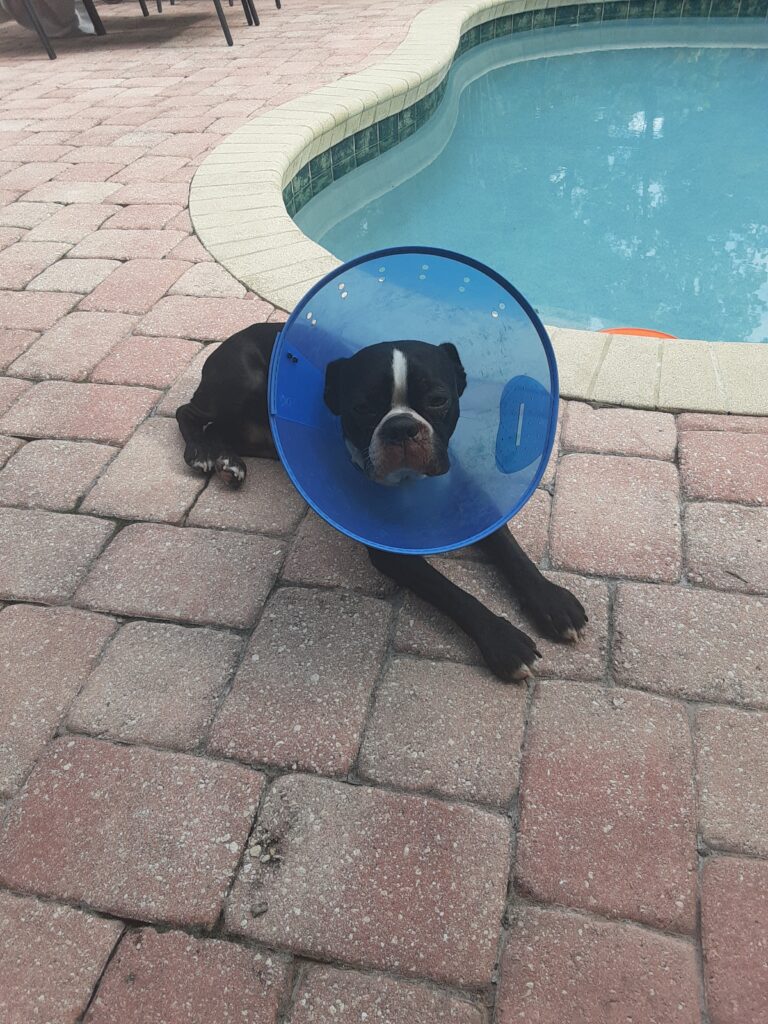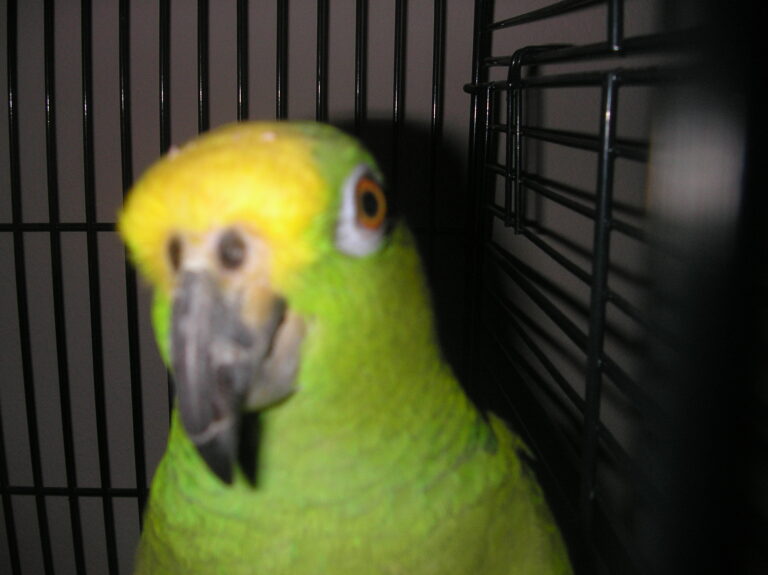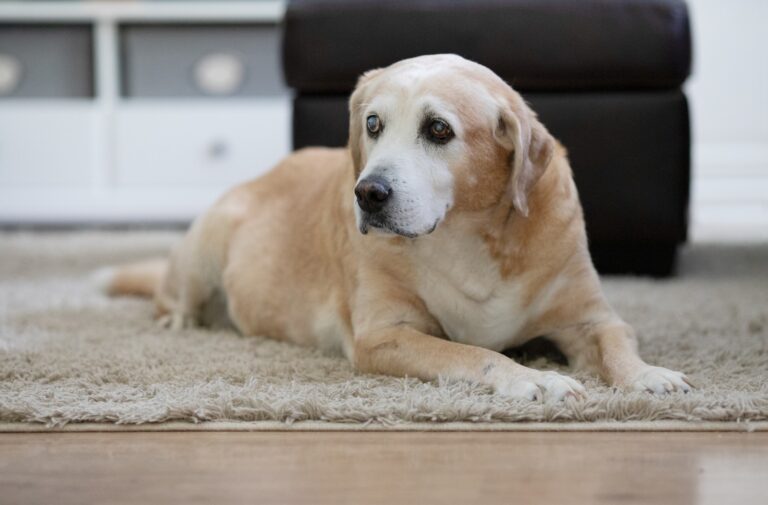Chew Sprays: Can They Really Save Your Furniture from Your Furry Friend?”
Being a dedicated dog owner comes with a world of delights and, of course, a few hurdles. Among these, one that often takes center stage is the constant battle against our furry friend’s chewing tendencies, particularly when it extends to our cherished furniture. It’s a challenge many of us can relate to, and it’s one I took to heart in my journey as a dog owner. Determined to find a solution, I set out on a quest, and that’s when I stumbled upon the potential game-changer: chew sprays.

Most chew sprays available on the market are safe for your pup when used as directed. These sprays are specially formulated with natural, non-toxic ingredients that are harmless to pets. They typically rely on bitter or unpleasant tastes to deter dogs from chewing on objects. However, it’s important to always read and follow the manufacturer’s instructions on the product label. Additionally, consider doing a patch test on a small, inconspicuous area of the object you’re applying the spray to, just to ensure there are no adverse reactions. If you have specific concerns or if your dog has allergies or sensitivities, it’s a good idea to consult with your veterinarian before using any new products. They can provide tailored advice based on your dog’s individual needs and health considerations.
Active ingredients in most bitter chew sprays
The active ingredients in most bitter chew sprays are typically natural substances that have a bitter taste. Some common ingredients include:
Denatonium Benzoate: Denatonium benzoate is an incredibly bitter compound widely employed to discourage ingestion of potentially harmful substances. Known as one of the most bitter substances known to humans, it was developed in the 1950s and has since found its way into various products. You can find it in household items like paint thinner and nail polish remover, serving as a deterrent against accidental consumption. Additionally, it’s a key ingredient in bitter chew sprays used to dissuade pets from chewing on objects. In some cases, it’s included in topical medications to prevent licking or ingestion. Furthermore, denatonium benzoate is utilized in products designed to discourage nail-biting and thumb-sucking. Despite its intense bitterness, it is considered safe for use in small amounts, as it is non-toxic. Its efficacy lies in its ability to activate specific taste receptors on the tongue, creating a strong aversion response in individuals who come into contact with it.. It’s a compound that is extremely bitter to humans and pets but is not harmful when used in small amounts.
Capsaicin: Capsaicin is a naturally occurring compound found in chili peppers, and it’s responsible for the spicy or hot sensation when consumed. In chew deterrent sprays for dogs, capsaicin is utilized in small amounts to introduce a bitter taste. This compound triggers receptors in the mouth and on the tongue that are typically sensitive to heat. As a result, dogs experience a strong aversion to the sprayed object due to the unexpected bitter flavor, which discourages further chewing. It’s worth noting that while capsaicin can deter dogs from mouthing or biting objects, it’s important to use it sparingly and in formulations that are safe for pets to ensure their well-being and comfort.
Citrus Extracts: Citrus extracts, which are derived from citrus fruits like oranges, lemons, and grapefruits, can be used to add a bitter taste to chew deterrent sprays for dogs. The natural compounds found in these extracts contribute to the bitter flavor, which helps deter dogs from chewing on objects treated with the spray.
Regarding the smell, while some bitter sprays may have a slight odor due to the natural ingredients used, the primary deterrent effect comes from the taste. Dogs have a highly developed sense of taste, and the bitter flavor is what discourages them from continuing to chew on objects treated with the spray. It’s worth noting that the effectiveness of bitter sprays can vary from dog to dog. Some dogs may be more deterred by the taste, while others may be less affected. That’s why it’s often recommended to test the spray on a small area first and to use it in conjunction with other training methods for the best results.
Now, do they work?
In my own experience, chew sprays have proved to be a game-changer. The introduction of that bitter taste acts as a powerful deterrent, successfully redirecting our furry companions from seeing our furniture as a tempting chew toy. It’s like a gentle reminder for them to seek out their designated toys instead. However, it’s important to acknowledge that when it comes to our pets, there’s no universal fix. Different dogs have varying preferences, temperaments, and reactions to deterrents.
It’s worth noting that using chew sprays isn’t a one-and-done method. Consistency is key, and you’ll need to reapply the spray to maintain its effectiveness. This ongoing reinforcement helps to solidify the connection between the unpleasant taste and the act of chewing, making it a more reliable tool in curbing destructive behavior. Additionally, combining chew sprays with other complementary techniques can further enhance their effectiveness. Regular and persistent application of the spray is crucial to reinforce the association between the unpleasant taste and the act of chewing. Additionally, it’s important to couple this approach with other strategies.
Other strategies
One highly effective approach is providing ample mental and physical stimulation for your pup. A well-exercised and mentally engaged dog is less likely to resort to destructive behaviors. Interactive toys, regular walks, and engaging playtime sessions are all great avenues to channel their energy. Furthermore, proper training plays a significant role. Teaching basic commands like “leave it” and “no” can go a long way in preventing unwanted chewing. Positive reinforcement when they choose their toys over furniture is invaluable.
Another consideration is ensuring that your dog has appropriate chew toys available. Providing them with a variety of textures and materials can satisfy their natural urge to chew in a harmless manner. Toys specifically designed for teething puppies can be particularly helpful. Don’t underestimate the power of a comfortable and stimulating environment. A cozy bed, engaging toys, and a designated play area can make a world of difference.
Few more ideas
Exercising some common sense and proactive measures can go a long way in preventing potential headaches. When bringing a new pup into your home, or if your pup is going through the teething phase, it’s wise to reevaluate your environment. This might involve temporarily moving away more expensive or sentimental items, such as delicate pillows or intricate decorations, until your pup has learned appropriate chewing behavior. By creating a pup-friendly space, you can significantly reduce the chances of them getting into mischief and developing a penchant for chewing on your cherished possessions. This thoughtful approach not only safeguards your belongings but also sets your pup up for success in their new environment
It can be a good idea to try out different brands of bitter chew sprays, as dogs may have varying reactions to the taste and formulation of each brand. Just like with any product, what works for one dog may not necessarily work for another.
By experimenting with different brands, you can find the one that is most effective for your specific dog. Additionally, some brands may use slightly different formulations or ingredients, which can result in different levels of bitterness.
Keep in mind that while bitter sprays can be a useful tool in discouraging chewing, they are most effective when used as part of a comprehensive training program that includes positive reinforcement, redirection, and providing appropriate chew toys. If you’re unsure which brand to try, consulting with your veterinarian or a professional dog trainer can provide valuable guidance based on your dog’s individual needs and preferences.
In conclusion, while chew sprays can be a valuable tool in your arsenal against furniture destruction, they work best when integrated into a comprehensive approach. Consistency, training, mental and physical stimulation, appropriate chew toys, and a comfortable environment all play pivotal roles. Remember, each dog is unique, so it may take some experimentation to find the perfect combination of strategies that works for your furry friend. Happy training!






